I first visited Buenos Aires in January of 2019. It was also my first trip to Argentina. At the time, I never imagined that I’d end up revisiting the city quite so much. I’m now in the city enjoying my second longer-term stay. As a digital nomad, I’m always searching for fun places to visit and experience. Buenos Aires has a lot to offer, but it can also be a complicated place to live. In this post, I’ll share a little bit more about my experience as a digital nomad in Buenos Aires, and some of my tips if you’re planning to spend some months in Argentina’s capital.
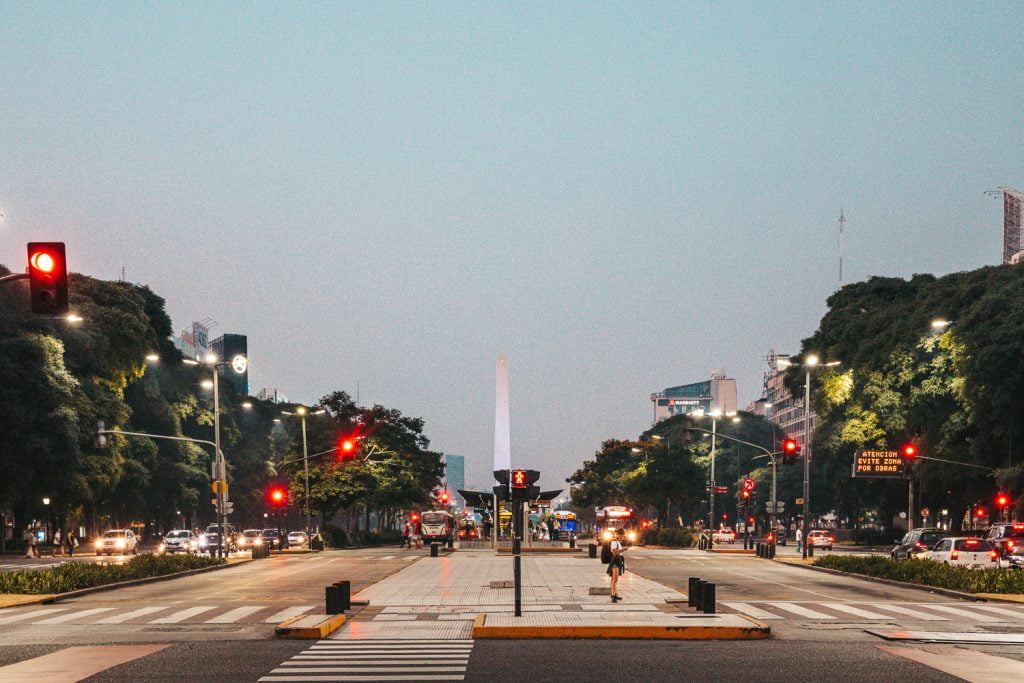
Why Buenos Aires?
Being Scottish, I’m not exactly used to warm winter weather. Although I’ve mainly been in Spain for the last few years, I still found the winter period less enjoyable. I like being able to go outside and warmer climates have always been my preference. This meant it was logical to look at destinations in the Southern Hemisphere for the European winter.
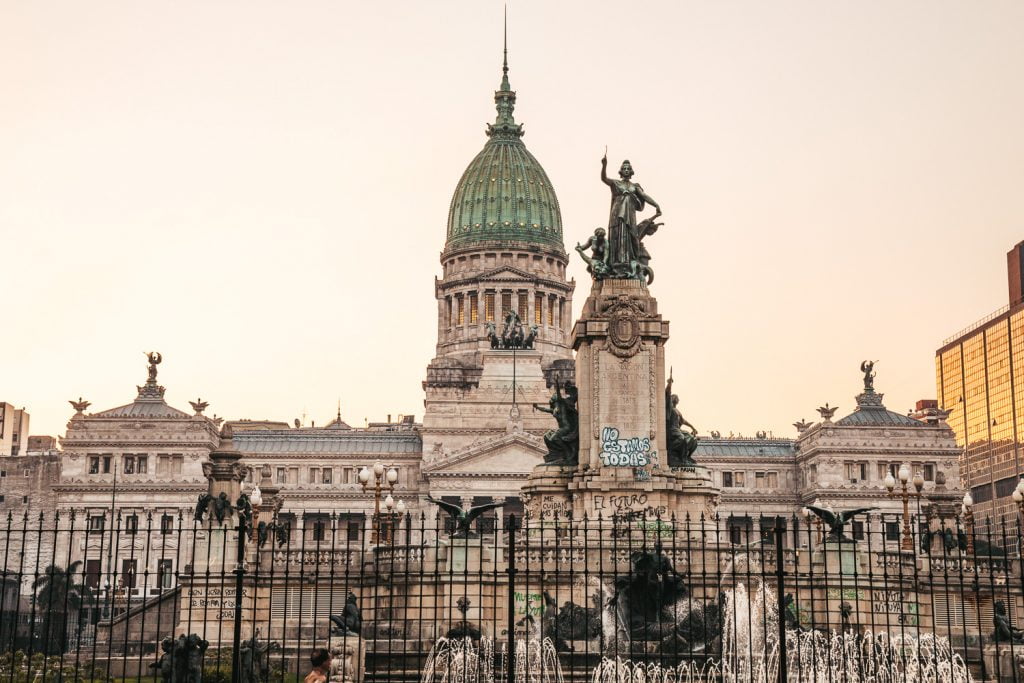
I’ve travelled widely in South America. Each trip has been a wonderful experience, all for different reasons. When I first visited Buenos Aires in 2019, I fell in love. Buenos Aires, for me, has a European feel, mixed with the vibrancy of Latin America. It’s also affordable (although there are some things you need to be aware of, which I’ll talk about later).
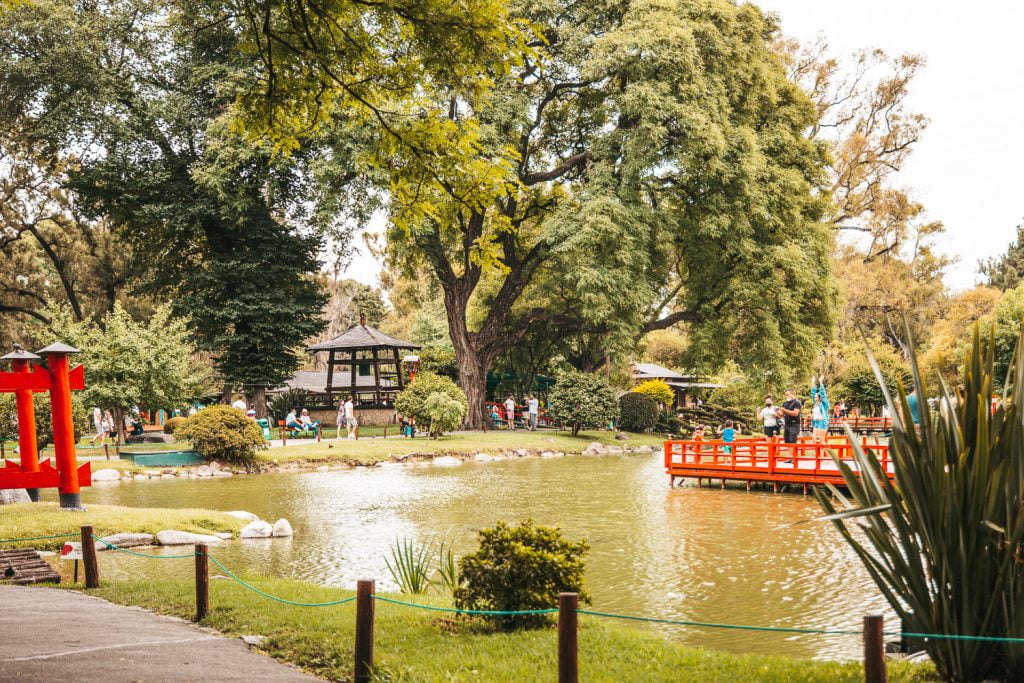
If you enjoy the experience of living in a big city, and you’re looking for somewhere where it’s difficult to get bored, Buenos Aires might just be the digital nomad destination you’ve been searching for.
Things to do
If I was to entirely focus this article on recommendations and things to do in Buenos Aires, it’d be pretty long. But in short, if you’re into world-class museums and galleries, gastronomy, and spending time wandering through some of its spectacular parks and open spaces, Buenos Aires might just be what you’re looking for.
Buenos Aires has a global feel and while its location could be seen as slightly isolated or faraway, you’re unlikely to feel like this when you’re here. It has all of the services and amenities you’d expect from a city of its size. This means you’re unlikely to run out of things to do.
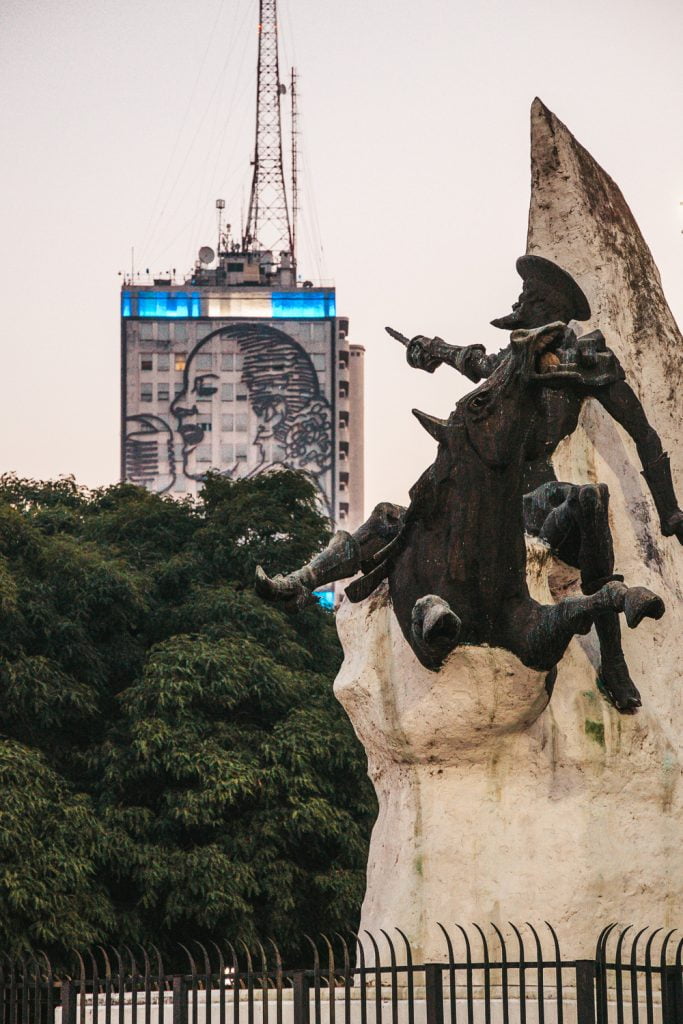
While in culinary terms Argentina is perhaps best known for its malbec and steak (both of which I am partial to), its international profile means it isn’t hard to find any cuisine or option you’re into. In other words, if you’re longing for the taste of home, you should be more than fine in Buenos Aires.
I’ve lost count of the number of bars and restaurants I’ve visited that have impressed me. Right through from rooftop bars with spectacular views of the skyline, to smaller local restaurants which offer you the feel of being a Porteño, or a Buenos Aires local in other words.
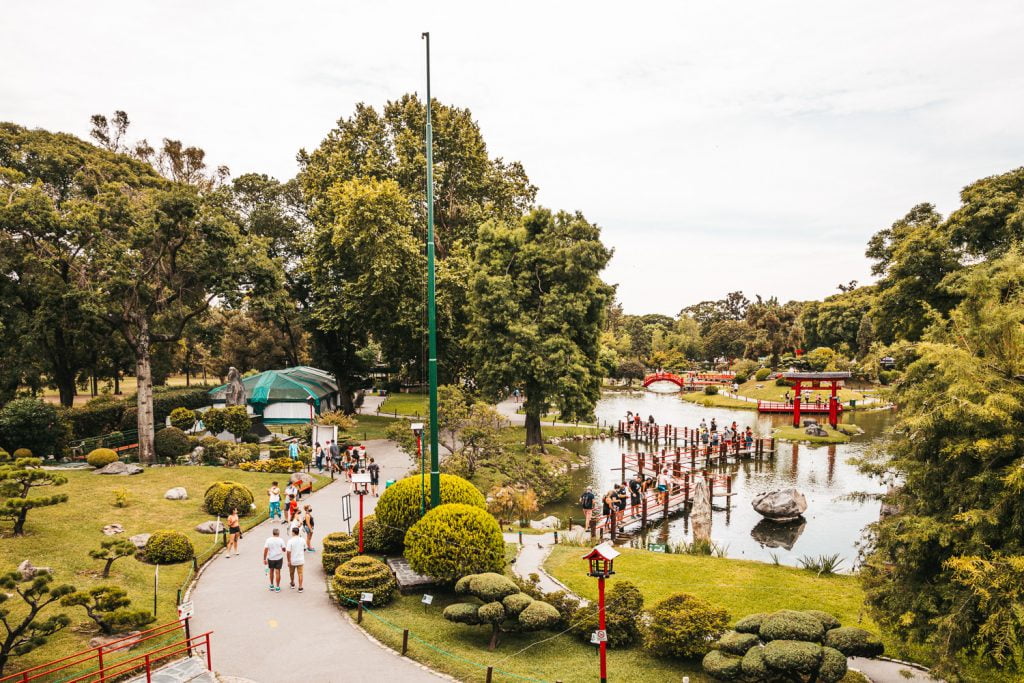
Of course, Argentina itself is full of amazing places to visit. Domestic flights tend to be fairly affordable, and if you choose a flight from the centrally located Aeroparque, you’re never more than a few hours from some truly spectacular destinations like Mendoza or Bariloche.
Affordability
While the Argentinean economy is volatile, and prices can change quickly particularly because of the exchange rate, it is extremely affordable. As of February 2024, a ticket on the metro will cost $0.25 and a thirty minute uber ride around $4.50. In other words, it won’t set you back much to get from one location to another.
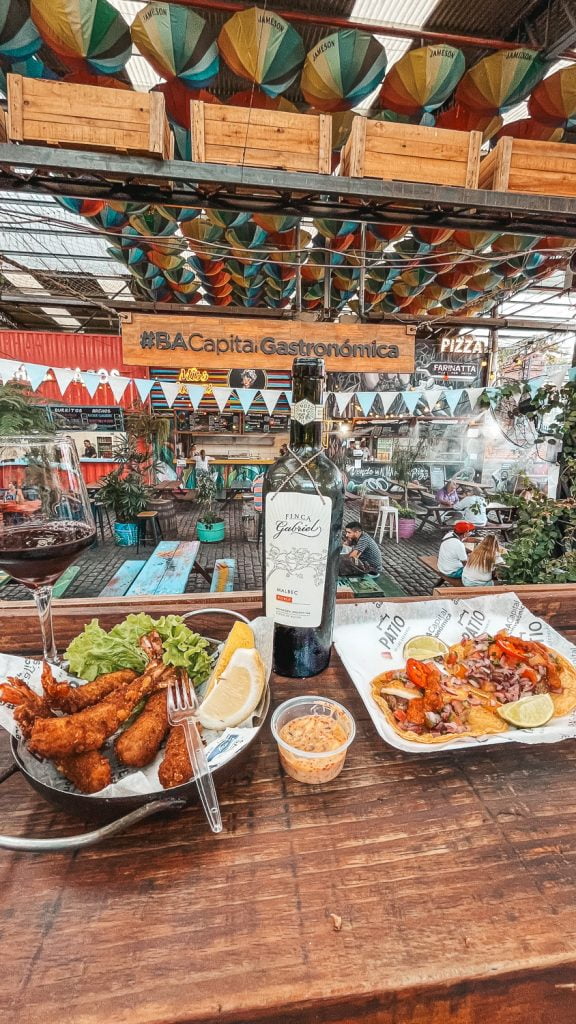
Eating out is also extremely affordable. Of course, it depends where you go, but in a typical restaurant it’s possible to enjoy a two course meal for two people including a bottle of wine for under $30. Apps such as Rappi also offer food delivery services, which tend to be affordable.
On the other hand, things such as clothing tend to be more expensive in Argentina than in Europe. It can sometimes be difficult to find affordable options, and there is less choice.
Finding a place to stay and choosing a neighbourhood
Finding somewhere decent to stay, especially if you’re budget conscious, can be a challenge as a digital nomad. While in Europe, there are a number of different websites which can help you find a short or mid-term rental, it’s definitely more challenging in Buenos Aires.
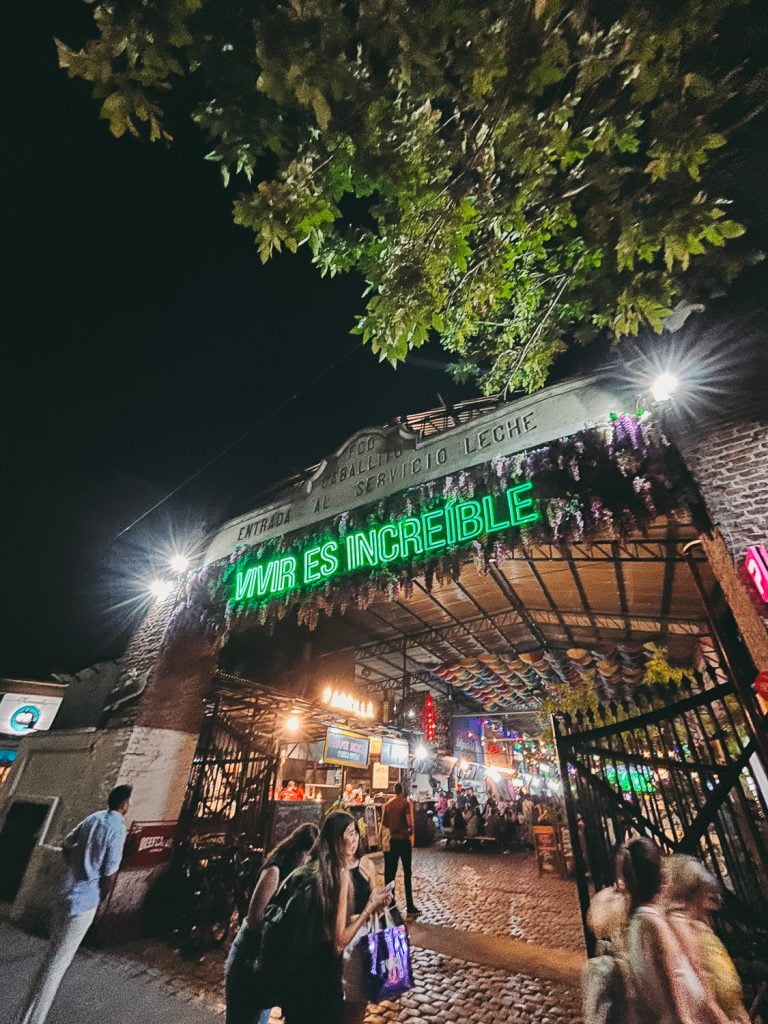
One option is to search for places on Airbnb – but you will be paying a considerable excess to do this. It can be worth it if you’re wanting a lower stress option to start with. You will need to be prepared to pay far more than if you’re up to dealing with local estate agents though.
As of February 2024, I pay around $500 for a modern one bedroom apartment in Villa Crespo.
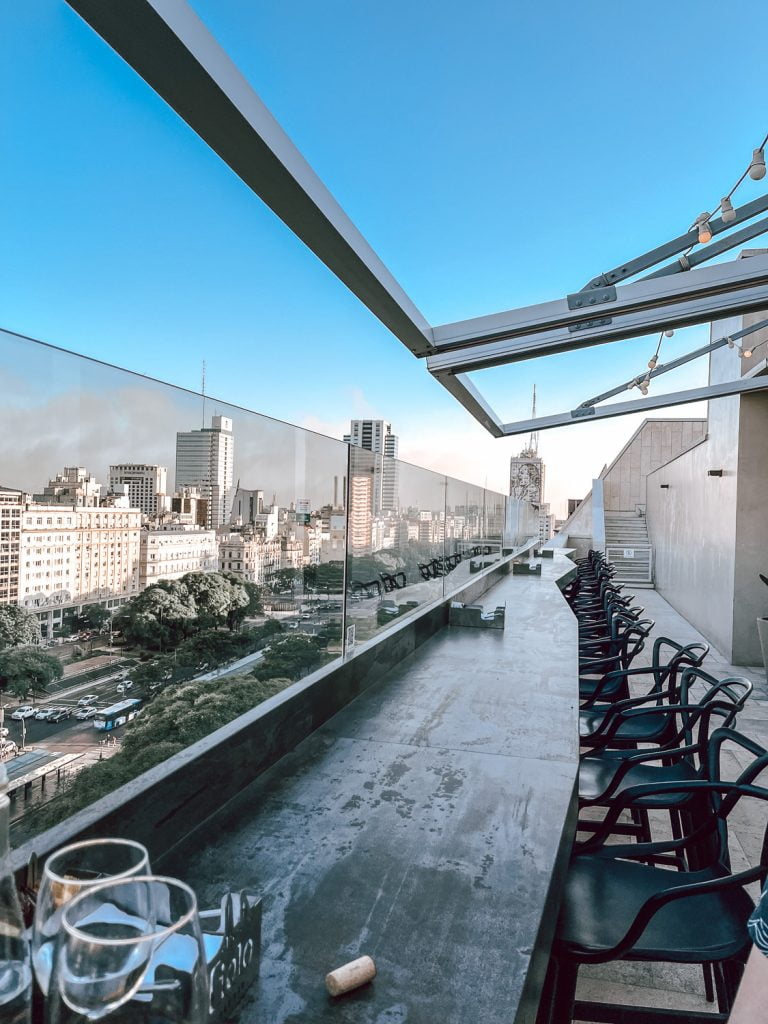
In terms of neighbourhoods, there are lots of good options. Palermo is probably the place to be if you want to be close to other international visitors. Villa Crespo is a good option if you want to be close to Palermo but prefer somewhere a little quieter and less expensive. Other good options to consider are Recoleta or Belgrano.
Connectivity and Working Remotely
Of course, if you have plans to be a digital nomad in Buenos Aires, you’re going to need to consider the logistics of working remotely from the city. The good news is that you shouldn’t face any major challenges. While it’s always important to check before you rent somewhere, internet speeds tend to be fast and reliable. Additionally, buying a local sim and data package isn’t expensive (I pay around $3 a month for 15gb + 1,000 minutes).
Of course, I’m assuming that you’ll be bringing your own laptop and equipment with you. If for some reason your laptop malfunctions, or your phone breaks, be prepared for far higher replacement costs than you’re likely to encounter in most other places. Technology here is expensive, even more so than neighbouring Brazil.
Things to consider
Being a digital nomad in Buenos Aires does have some challenges. By far, the biggest challenge I’ve faced is currency. Argentina uses the Peso and to put things mildly, it isn’t very stable. If you’re preparing to spend time in the city as a digital nomad, you’ll likely become very familiar with the blue dollar. This is because the official exchange rate of the Peso is at an artificially strong level. So if you want to get the most from your money, it’s unlikely you’ll be wanting to use the official rate.
Fortunately, this has become a lot easier in recent years. Up until the beginning of 2023, the only way to access the blue dollar was either by sending money through Western Union, or using an unofficial currency exchange house (which I do not recommend). Now, however, if you pay with a foreign debit or credit card, you will be charged a rate much closer to that of the blue dollar.
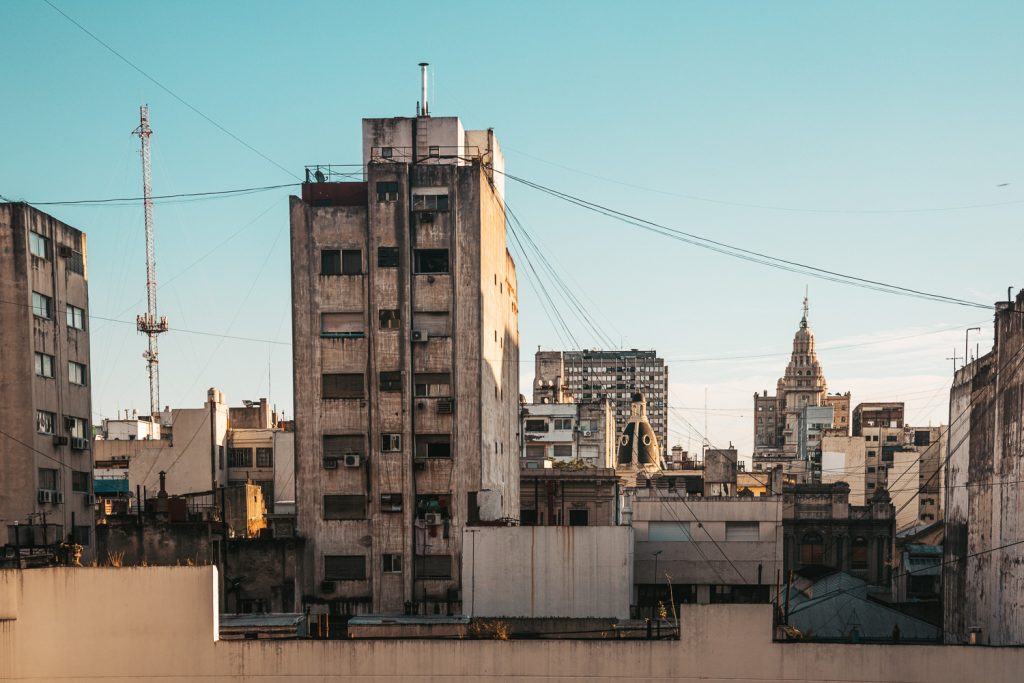
There are still some occasions when you might need cash. Western Union remains the best method for this. Be prepared, however, for long queues when you’re picking up your cash. Unfortunately, unless you have a local ID number (or DNI) it is virtually impossible to open a bank account in Argentina. If you decide to use your foreign card at an ATM, be prepared for excessive fees.
It’s also worth considering whether or not you should bring foreign currency with you. For paying things like rent, you’ll almost certainly be asked to pay in USD. So I would recommend bringing enough to be able to pay for your expected stay. The exception of course being if you’re using Airbnb and are therefore able to pay online.
Safety
In terms of safety, I’ve never had any major problems in Buenos Aires. I’d advise you to use the same caution as you would in any other large city. I have on a couple of occasions witnessed phones being stolen at restaurants – but this is only when the diner has left them clearly visible on the table. If you take reasonable precautions, you shouldn’t expect any problems.
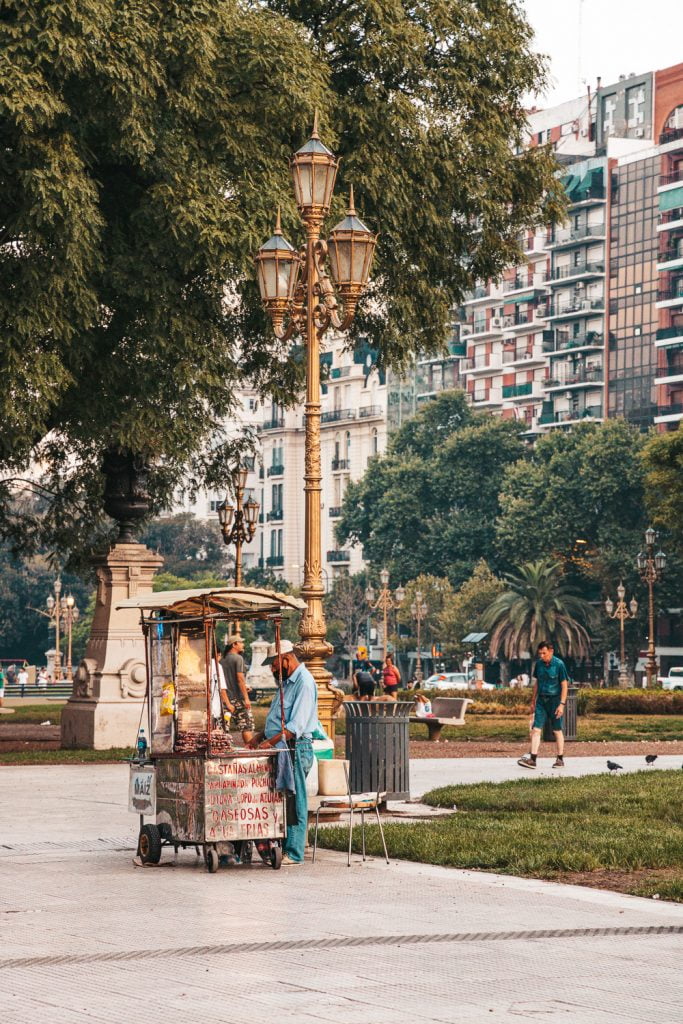
Argentina’s Digital Nomad Visa
Although I have not applied for it personally, Argentina has recently launched a Digital Nomad Visa. In short, this allows you to stay in Argentina for 180 days. You can then extend this for up to one year. The current fee is $200, and you can apply online here.
Are you considering spending some time as a digital nomad in Argentina? If you have any questions, I’ll be happy to try and help, so feel free to ask below!
Also feel free to check-out our other digital nomad posts here!



